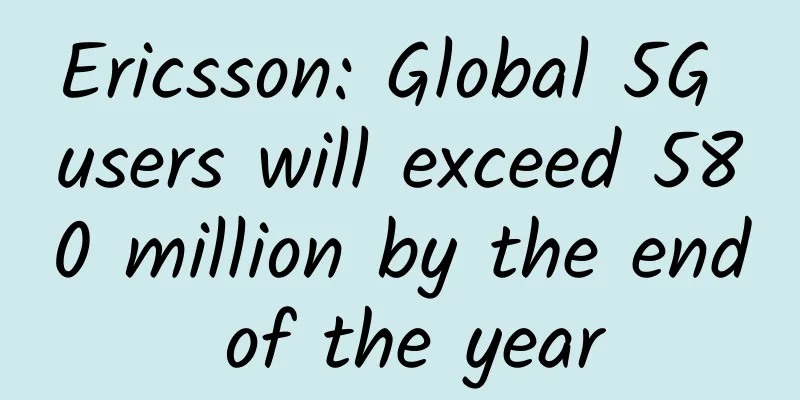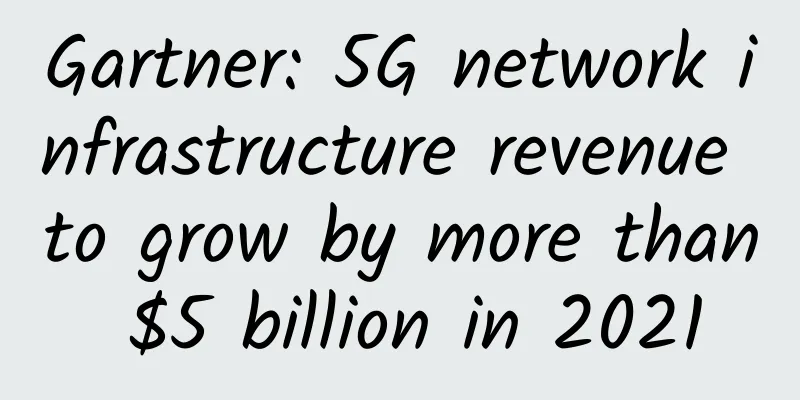5G to B development requires strategic patience

|
After more than two years of development, 5G has achieved remarkable results, but it still faces many doubts. In addition to the previous high cost and high energy consumption, there is also the question of "5G is not popular". This doubt mainly comes from several aspects. First, operators and manufacturers have begun to reduce 5G application projects in vertical industries.
Some media reported that China Telecom has only kept 360 of the thousands of 5G industry application projects it had previously carried out as a priority, and plans to reduce some more projects next year. Media reporters also observed at the just-concluded China International Information and Communication Exhibition that the number of 5G application projects on Huawei's 5G booth has been reduced from more than a dozen last year to four or five. Second, Huawei's rotating chairman Hu Houkun said at the "2021 Global Mobile Broadband Forum" that 5G to B has not yet formed a sustainable business model, and the industry has underestimated the difficulty of 5G to B. This sentence was taken out of context and misinterpreted as Huawei having no confidence in the future of 5G. In addition, the recent industry controversy about the "uselessness of 5G" has resurfaced, and there has been a small climax in the questioning of 5G. In fact, the development of 5G is an inevitable trend. No matter how many difficulties it has encountered in the past and now, the future is still promising. The key is that the entire industry must have strategic patience and persevere in advancing it. From another perspective, those who think that 4G or optical fiber has met the current capacity requirements of all industries have a "lying flat" mentality, satisfied with the status quo and not paying attention to the future. As Hu Houkun said, in the past, the industry underestimated the difficulty of 5G to B; now, the industry also underestimates the achievements of 5G. As for the future of 5G, we still need to look at it from a development perspective, neither exaggerating it nor completely denying it. We must be clear about the challenges facing 5G, but also see the long-term competitive advantages that 5G has formed through a large number of application practices. Currently, 176 5G commercial networks have been deployed worldwide, with more than 500 million users. In the consumer sector, 5G has achieved a 10-fold increase in speed and brought new applications such as VR and 360-degree video live broadcasting. In the enterprise market, more than 10,000 5G to B projects have been carried out worldwide, continuously incubating 5G business innovation. In the fields of manufacturing, mining, ports, etc., replication and promotion have begun. A senior executive of a world-leading international communications manufacturer once told me that at the global 5G commercial conference organized by his group headquarters, the group must ask the Chinese region to "speak from their own experience" and introduce China's 5G to B cases and experiences. Because China is becoming the largest testing ground and application landing ground for 5G to B, half of the 5G to B projects are in China. This was impossible in the 2G, 3G, and 4G eras, because then foreign countries led and we learned from them. Now it is China that innovates and foreign countries learn from it. Therefore, the "5G cold reception" is nothing more than some 5G opponents being overly sensitive. They have magnified and over-interpreted some adjustments made by operators or the industrial chain. Some people say that there are so many 5G "model houses" built, why is the scale greatly reduced when it comes to "commercial housing"? In fact, the development of any thing will encounter such problems. There must be a process from the initial industry prospect forecast to large-scale commercial use. The future is bright, but the road is tortuous. 5G empowers thousands of industries, which is completely different from 2G, 3G, and 4G empowering the to C market. The industries vary greatly and the demands are different, which poses great challenges to 5G. However, as digitalization has developed to the current stage, the demand for digitalization in various industries will also provide a broad stage for 5G. Therefore, it is not a question of reducing the scale and quantity of 5G "commercial housing", but the process of application verification, replication, and promotion in the industry during the development of 5G to B has become longer and more complicated. The industrial application of 5G is an ongoing process. The early "model house" was for demonstration, so that more industries can understand 5G. But 5G is not just for demonstration, but for use. When 5G is put into use, first, its capabilities must be brought into play, enabling the industry to improve efficiency and reduce costs; second, the industry must have profits and operators must have income in order to develop. Any application that cannot generate income cannot be copied and promoted. Therefore, now that we have reached the "commodity housing" stage, we must talk about the input-output ratio. Of course, whether it is to B or to C, 5G needs to develop better and eliminate the voices of doubt. First of all, we need to strengthen the network, terminals and content; secondly, in terms of industry applications, we should follow the industrial rules, start with the leading enterprises in the industry with rigid demand, and create typical application cases. I believe that 5G will usher in a brand new world. |
<<: Learn more about Zero Trust Network Access (ZTNA)
>>: Key Roles of Artificial Intelligence in Mobile App Development
Recommend
LTE vs. 5G: What’s the difference?
The networking technology industry is in a consta...
Σco Time | Grasping new trends, Hunan's smart campus transformation is accelerating
【51CTO.com original article】 Networking, digitiza...
South Korea plans to launch 6G network services in 2028, two years ahead of schedule
South Korea plans to launch sixth-generation netw...
Ruijie Networks' scenario-based wireless technology helps Suning's new shopping model of "Internet + Retail"
As a leading enterprise in China's private en...
HostYun: Los Angeles Cera high-security VPS starting at 19.8 yuan per month, 10G bandwidth, optional native IP
We have shared product information of many data c...
As we enter 2021, is the speed of 5G mobile phones faster or slower?
In China, 5G has blossomed in the past year. Not ...
It is estimated that by 2025, China's 5G users will reach 739 million
In terms of annual mobile data consumption, it is...
Cloud is still the protagonist of Huawei Connect 2017; Huawei invites you to "grow everything" together in the cloud era
[51CTO.com original article] From September 5 to ...
List of the most common Internet SIM cards: Choose the right one and save a lot of money
At present, many Internet companies have joined h...
China Mobile Xiongyan Consulting Insights: 5G URLLC Key Technology Research Report
Labs Guide URLLC "Low Latency High Reliabili...
DesiVPS: $3/month-2GB/20G SSD/2.5TB/San Jose & Netherlands Data Center
DesiVPS is an Indian VPS hosting provider headqua...
Getting started with SD-WAN, just read this article
In 2019, the global market for SD-WAN grew by 70%...
HostYun: Korean/American VPS monthly payment starts from 16 yuan, Japanese/Hong Kong VPS monthly payment starts from 18 yuan, CN2 GIA/AS9929 and other lines
There are many businesses selling cheap VPS, but ...
Analysis on the current status of global 5G development
[[417613]] This article is reprinted from the WeC...









